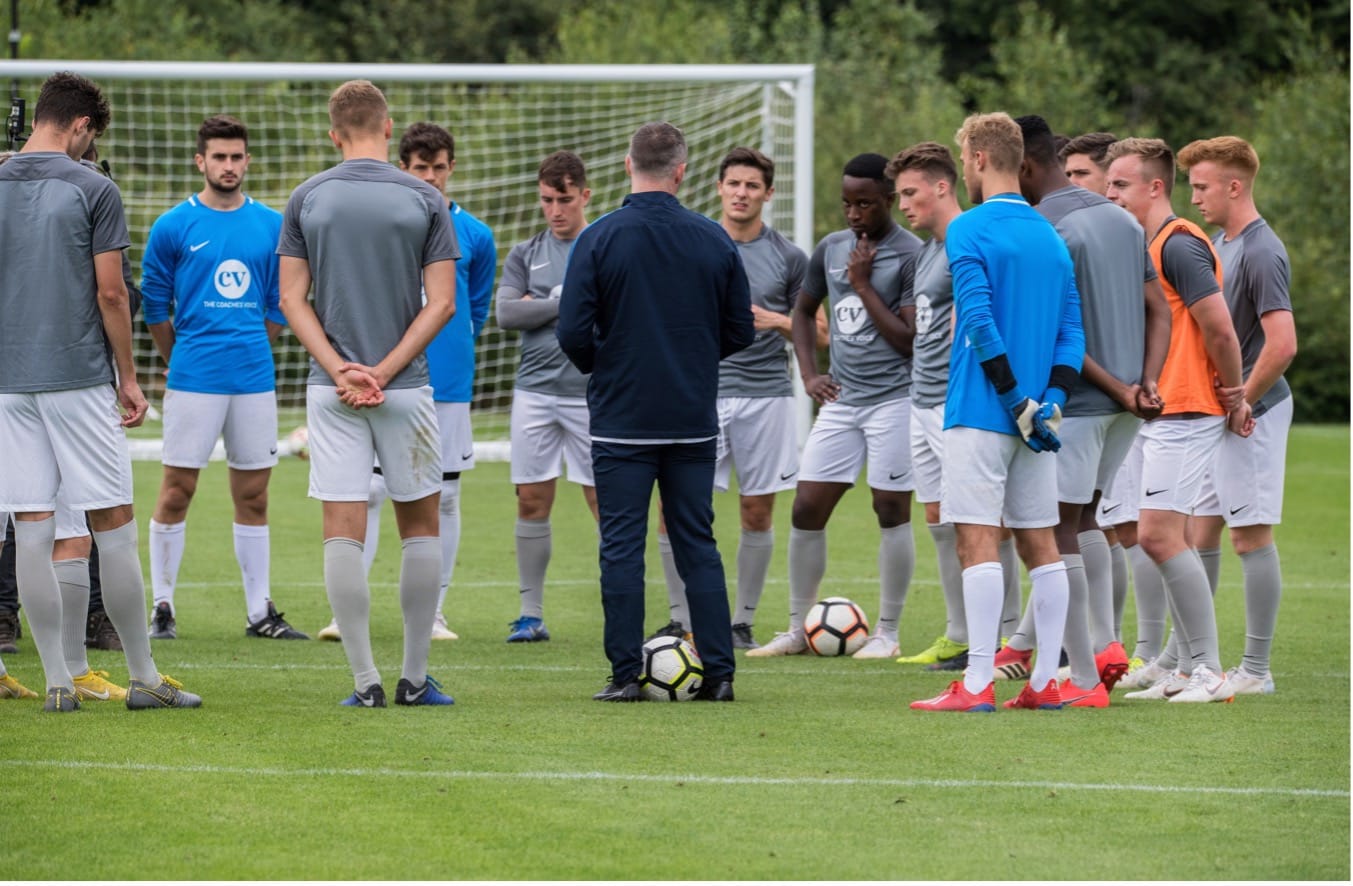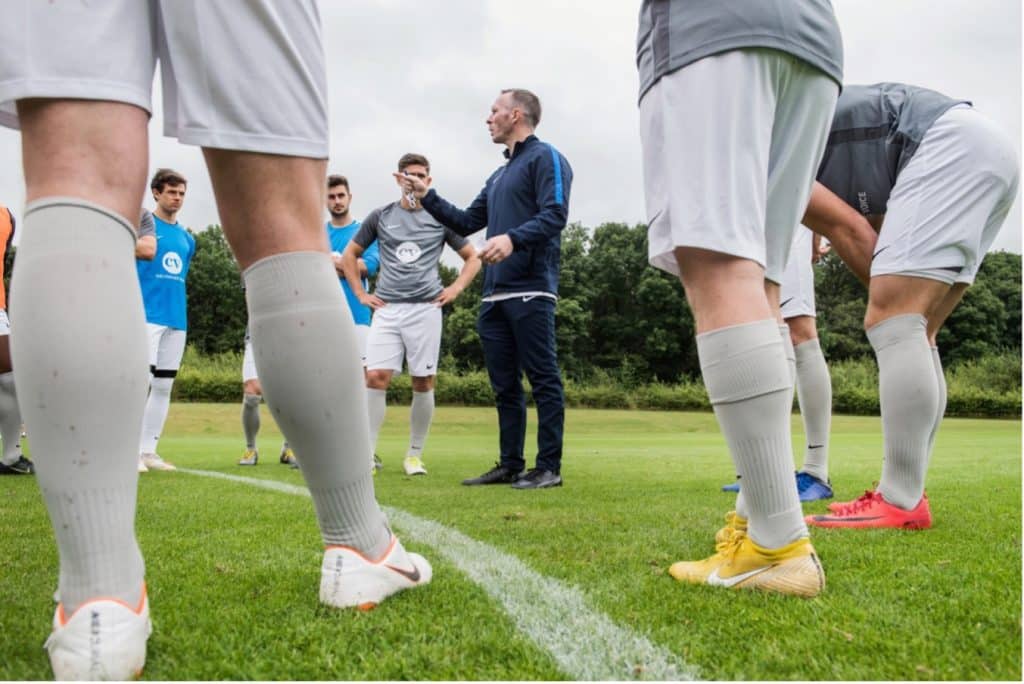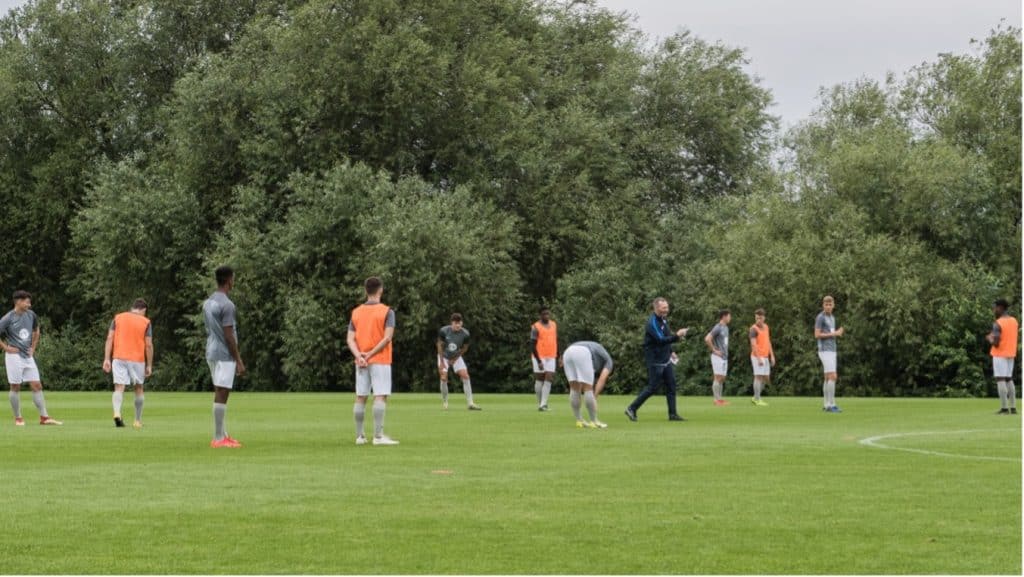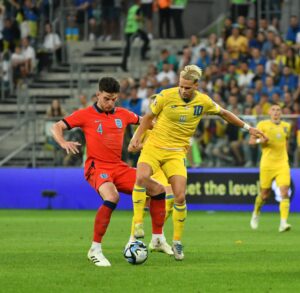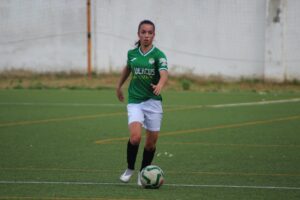In previous blogs, we have described 9 steps that can help us to design better training tasks, but what is also essential is to know how to implement them. Do you find it difficult to organise the information you have to give to your players? In this blog we propose 3 steps that can help you with the implementation of your tasks.
At MBP Coaches’ School, we define three phases within each training task that will allow the coach to better organise and transfer information to their players during training. These phases are: the organisational phase, the adjustment phase and the teaching-learning phase. Let’s see what each one consists of and how they can help us.
Phase 1: Organisational
The organisational phase is the one in which the coach gives brief and descriptive information only about the aspects that allow us to start the task quickly. This means that we introduce the didactic strategy, the teams (previously organised), the space and sub-spaces of the game, the rules and scoring that will be used initially and, finally, we must make sure that all players understand how the task works.
It is necessary to be as efficient as possible with time at this stage, so it is advisable to report these factors always in the same order (whichever the coach prefers).
Example:
With that, we can start. However, it is only possible to move on to the next (adjustment) phase once the players know how the game is played and the desired playing situations appear that support the work on the main content. Thus, any organisational adjustments that impede or excessively hinder the basic functioning of the task should be made as soon as possible. A common approach is to increase or decrease the size of the space or sub-spaces.
Phase 2: Adjustment
Once we are sure that the players understand the basic operation of the task and that the game situations we are looking for appear, it is time to make the adjustments we believe necessary to improve the functioning of the play. To do this, we can make two types of adjustments: to the scoring or to the rules.
In the first case, this involves adding extra points to encourage the use of the main content. Continuing with the previous example:
In the second case, we refer to the use of the gradient, which will allow us to adjust the difficulty of the task according to the needs of the players:
It should be noted that this phase should be as short as possible, since the most important thing is to have more time for the third phase: the teaching-learning phase.
Image 1. The coach makes the necessary adjustments to the task to improve its functioning. Source: Coaches’ voice
Phase 3: Teaching-Learning
The third and last phase is the most important, as this is where we must ensure that the players learn the content and concepts that we are training from the game situations proposed by the task itself. To this end, it is very important that we allocate between 60-70% of the time of the task to this phase. For example: if the total time of the task is 15 minutes, we should have at least 10 minutes for this phase.
And what should the coach do then? Here it is essential that they pay attention to the actions of their players and correct them or ask questions based on the main content and concepts, so that the answer to the questions is the task itself.
In order to do this, other possible content that may appear in the play must be avoided, as the aim is for the players to focus their attention on what we want them to learn.
Image 2. The coach gives instructions to the players during the teaching-learning phase. Source: Coaches’ voice
Using the same example as before, the coach can then focus on driving with the ball in the following way: ‘Why did the ball escape you?’; ‘Which part of your foot did you drive the ball with?’; ‘Which part should you use when you have the opponent close?’.
We hope these tips will help you to better organise your training tasks and to be more efficient in communicating information.
Do you want to improve your training with your players?
In the Online Expert in Youth Football course, you will learn to identify the main characteristics of youth players and to classify them according to their level of understanding of the game. All this will allow you to select the most appropriate training content according to their needs and, consequently, you will learn to design training sessions and tasks that respect and favour their learning processes in order to eventually help develop better players.

